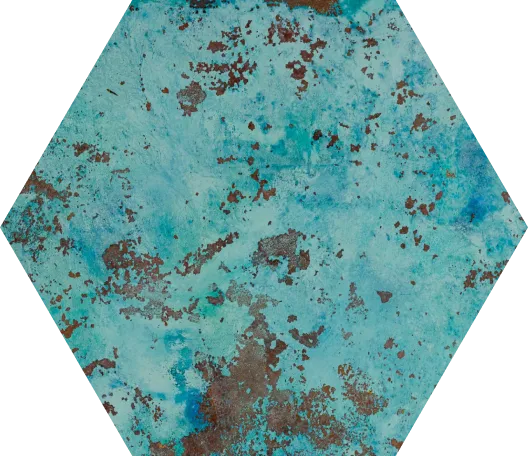Using predicted corrosion damage to determine stress concentration, fracture and crack growth



Structure surfaces damaged by corrosion may develop stress concentrations which lead to initiation of cracks and possible crack growth.
Simulation of the galvanic effects leading to corrosion takes account of the properties of the electrolyte as well as the structural materials, to determine electric fields within the electrolyte, attenuation in the return path, and the surface current densities and potentials. If dissimilar materials are present or a CP system is not adequately designed, areas may exist where anodic current occurs on a structural surface, causing mass loss from the surface. The magnitude of the anodic current density, determined from simulation, can be used to determine surface shape change.
Such shape change generally results in indentations, which act as stress-raisers. Simulation to determine magnitude of the stress concentration can identify likely sites for crack initiation. The possibility of crack growth, and the time taken for the growth, can be determined using fracture and crack growth simulation.
This paper explores the combined use of galvanic simulation and fracture/crack growth simulation.
Firstly galvanic simulation is used to investigate the influences of parameters, including electrolyte thickness and conductivity, on rate of corrosion for a galvanic cell caused by a metallic sample in contact with a more noble material. The paper reaches conclusions regarding the type of environment that is likely to produce higher penetration rates and where this might occur.
Fill out the form to access the full report.

